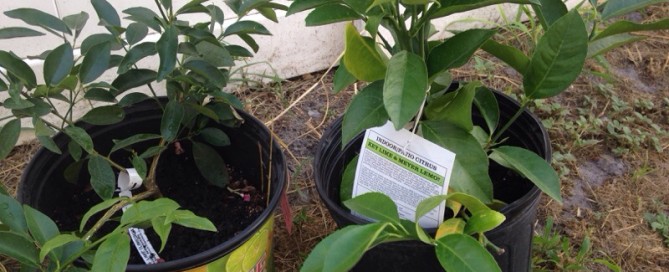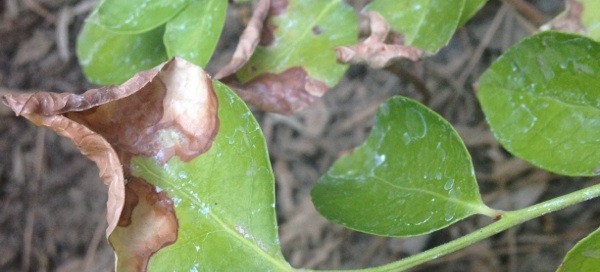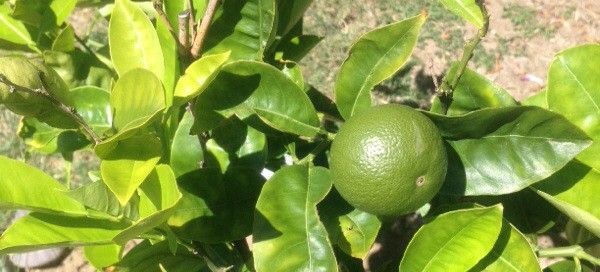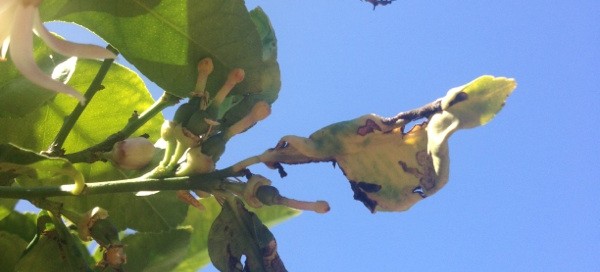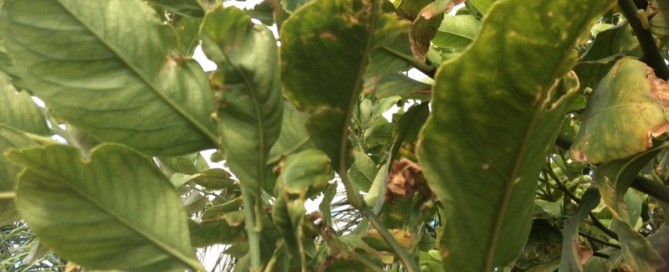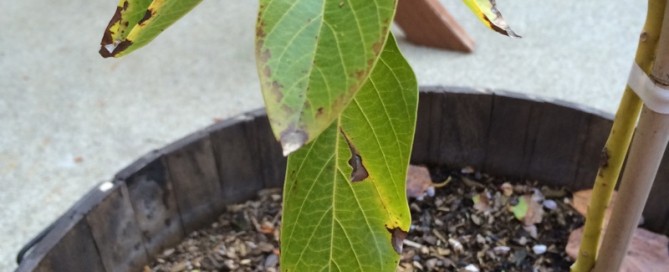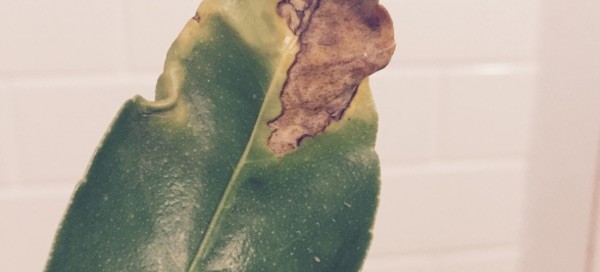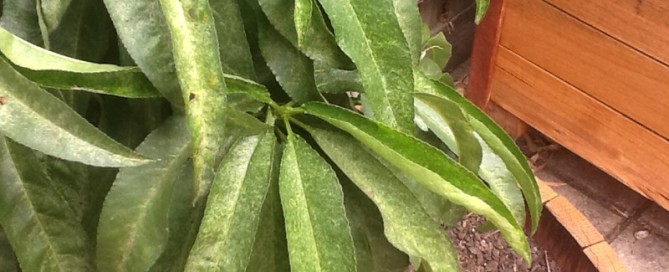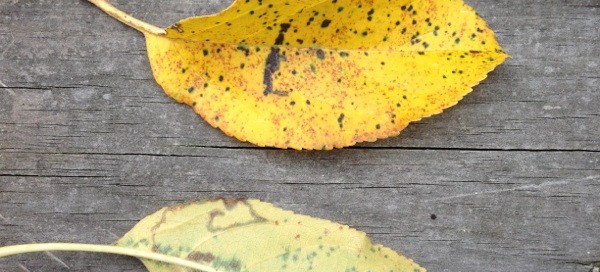Citrus
Boy oh boy, I wish you had talked to us first. We are recommending that homeowners do not buy citrus of any form or variety until the experts figure out how to control a very serious (and uncontrollable disease) called Citrus greening. The fruit becomes misshapened, the small limbs begin to whither and die and eventually more than half of the plant will turn yellow and drop its leaves.There is nothing you can do to prevent it. For more info see: http://saveourcitrus.org/index.php/citrus-greening.
Instead we are recommending homeowners grow "alternative fruits" that don't have any special diseases. We recommend avocado, star fruit, plums, peaches and nectarines, figs and blackberries. If you need special recommendations please call me at Leu Gardens 407-246-2625.
